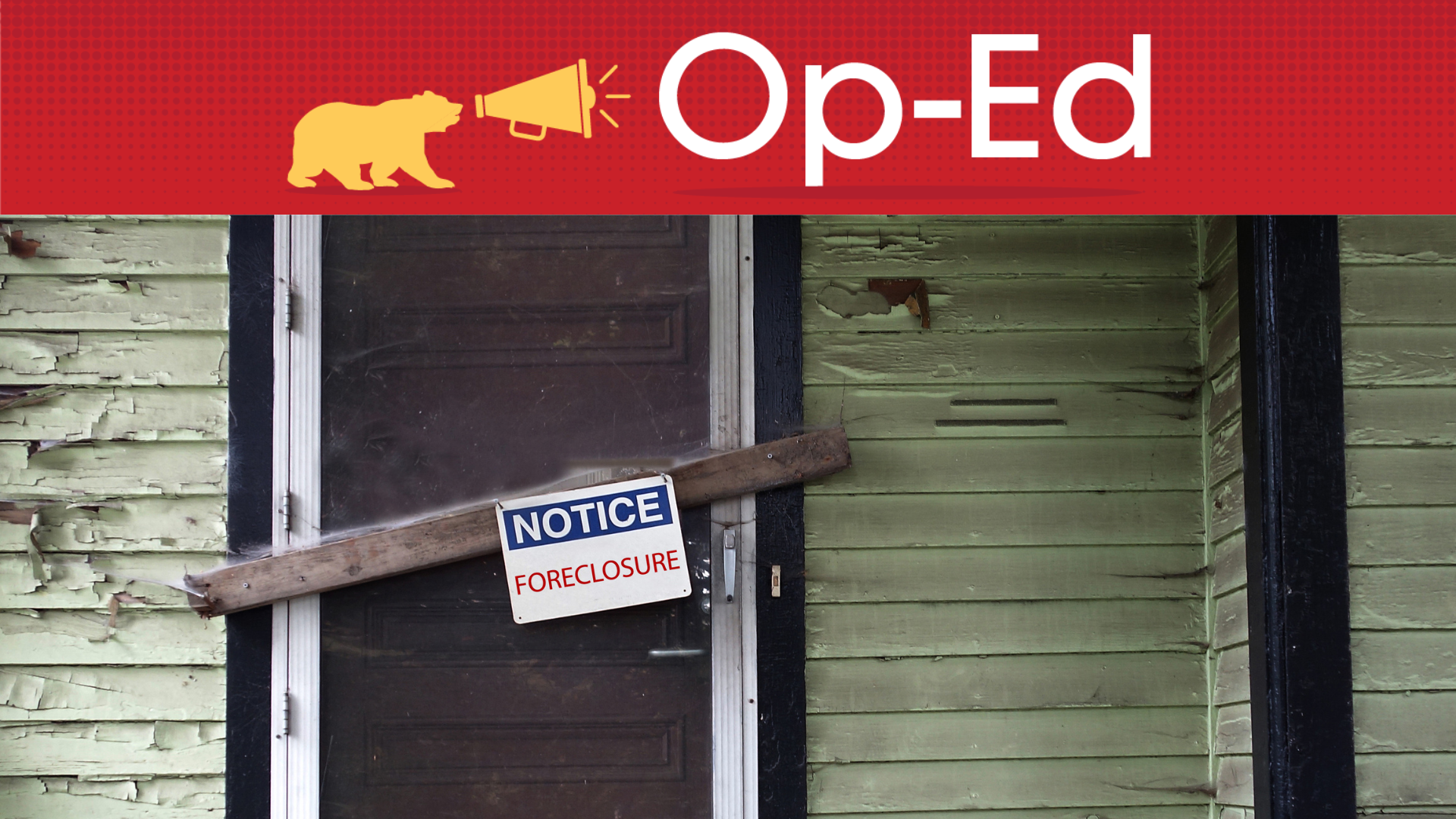The views and opinions expressed herein are those of the author and do not necessarily reflect the views of PublicCEO, its sponsors, its employees or any corporate relationships.
Op-Ed submitted by Michael Halpern, President of MuniReg, LLC
A recent PublicCEO Op-Ed discussed fixing dangerous properties and increasing revenue, primarily through the creation of a Neighborhood Law programs and the utilization of health and safety receiverships.
As a strong proponent of receiverships, I wish it was utilized more frequently. However, one of the goals should always be to prevent property conditions from reaching the point where the only remaining options are either municipal demolition or receiverships.
Theoretically, all property owners would want to improve or maintain the value of their property. This is true whether the property is used as a home or as an investment, and it is true of banks and mortgage companies where the property serves as collateral on their loan. So why do we see inaction regarding general property maintenance and upkeep?
The key for local governments and specifically the code enforcement/compliance/building departments is to understand each property’s unique situation regarding ownership status, usage, future plans, etc. The key to achieving this knowledge is through open and direct communication with property owners and other interested parties i.e. banks and mortgage companies. This also takes time, which often doesn’t exist.
Direct communication can save valuable municipal staff time and reduce expenditures. Early intervention can mitigate deterioration in the property condition (i.e. fixing the kicked-in door on a vacant property expeditiously before squatters get in). Eighteen years working at Safeguard Properties, the nation’s largest mortgage field services company, provided me with countless examples of individual successes.
A popular tool in the blight flight, widely utilized in California and across the country, is a vacant property registration ordinance (VPRO). VPROs require owners and responsible parties to proactively register vacant, abandoned or foreclosed properties with the local government.
Staff exert tremendous amounts of time trying to identify, locate and communicate with owners. For LLCs or banks, peeling back the corporate veil to identify the person who can address the high grass or unsecured pool, can be even more frustrating. All the while, the property sits vacant, deteriorating and likely the subject of increasing complaints.
Similar to the issue raised in the aforementioned Op-Ed regarding the need for more bandwidth in city attorneys’ offices, many communities experience the same concern with their code enforcement departments.
A VPRO provides for the removal of this time-consuming and frustrating task, allowing staff to focus on more critical aspects of their job. It creates a pathway for early intervention on property maintenance, reducing the need for more costly municipal actions. It also aids in the overall goal, neighborhood stability and retention of property values.
A VPRO can be administered “in-house” or cities can utilize a third party. Either way, it should be at worst revenue neutral.
If administered internally the registration fees should cover the overhead. The typical business model of a third party provides for compensation through the registration fees resulting in no out-of-pocket cost for local governments.
Using a third party has several inherent benefits. In many communities, a VPRO becomes “just another process” especially when it is implemented with no additional staff allocated to administer. It provides value but far from what it could. As compensation is through the registration fees, there is a built-in incentive to maximize compliance. The appropriate third party can assist beyond the administrative process, bringing a national perspective to a very niche and often overlooked policy area. For communities that have a VPRO, a question to ponder is whether the current language is too broad or too narrow, impacting compliance and effectiveness. Another question is, once the owner has been identified, how should the city proceed when the owner does not immediately agree to cooperate, specifically when dealing with banks and mortgage companies.
There are areas to be cautious of, such as the reputation of the third party and ensuring that there is not an overly-aggressively approach to enforcement. However, the receipt of free information (addressing a stated pain point), saving of staff time, quicker response to community concerns and the potential for additional revenue, makes a VPRO as close to a “no-brainer” as there is.
Programs like receiverships will always be needed, as there is no magic potion to eliminate blight. However, preventative and proactive solutions like a VPRO should be in your city’s toolbox and utilized to the maximum effect, with the proper partners.
Michael Halpern is president of MuniReg LLC an administrator of registration programs for municipal governments. Prior to founding MuniReg, he spent 18 years at Safeguard Properties, the nation’s largest mortgage field services company, where he served as director of community initiatives. Halpern is a well-known expert in the various aspects of “zombie foreclosures,” abandoned properties and neighborhood blight, and has presented at more than 20 different state code enforcement association events along with presentations to national organizations like National League of Cities, National Housing Conference, Center for Community Progress, the American Association of Code Enforcement and for state organizations such as California Association of Code Enforcement Officers (CACEO).
Do you agree with this op-ed? Do you disagree? Do you have another viewpoint you’d like to share on PublicCEO? Opine on an idea or share your insights in an op-ed. Submit one now.






